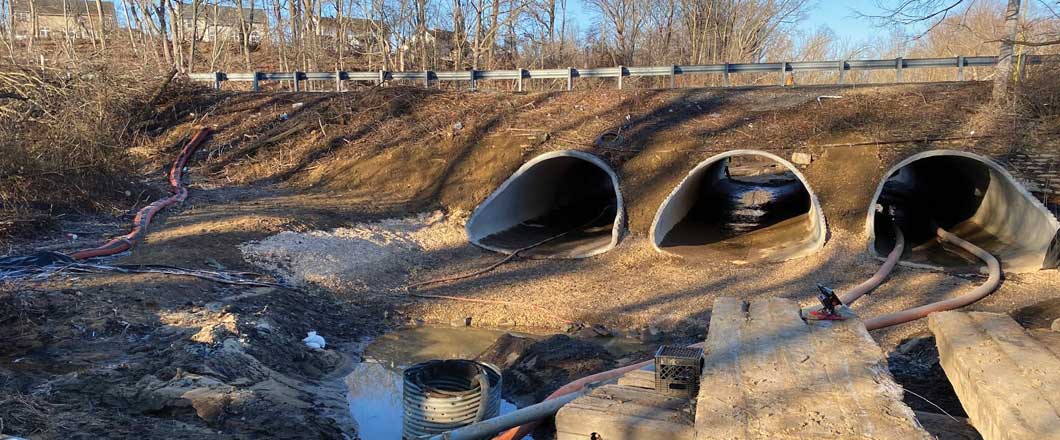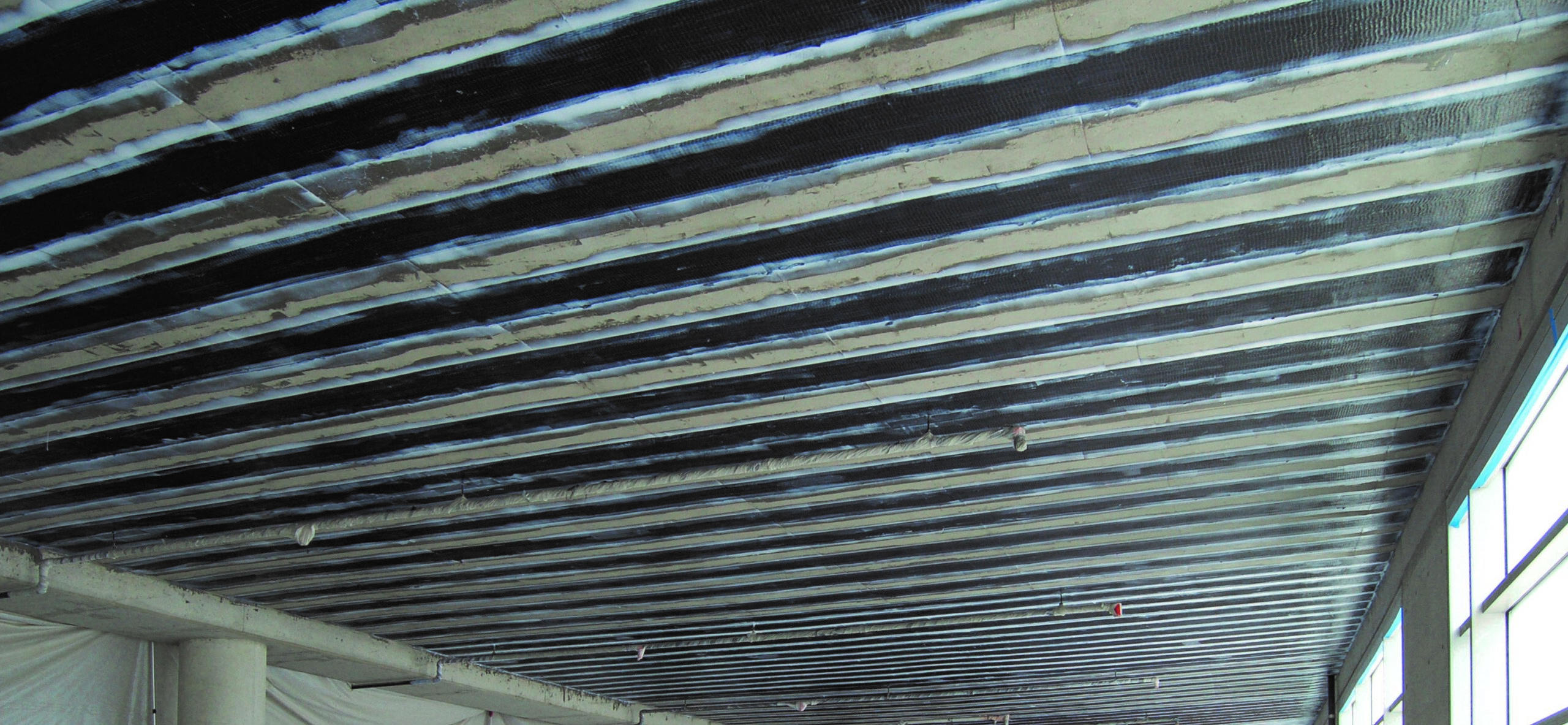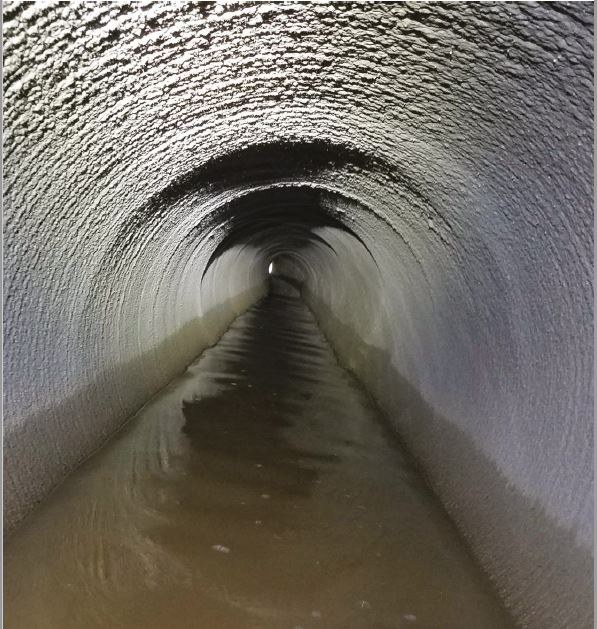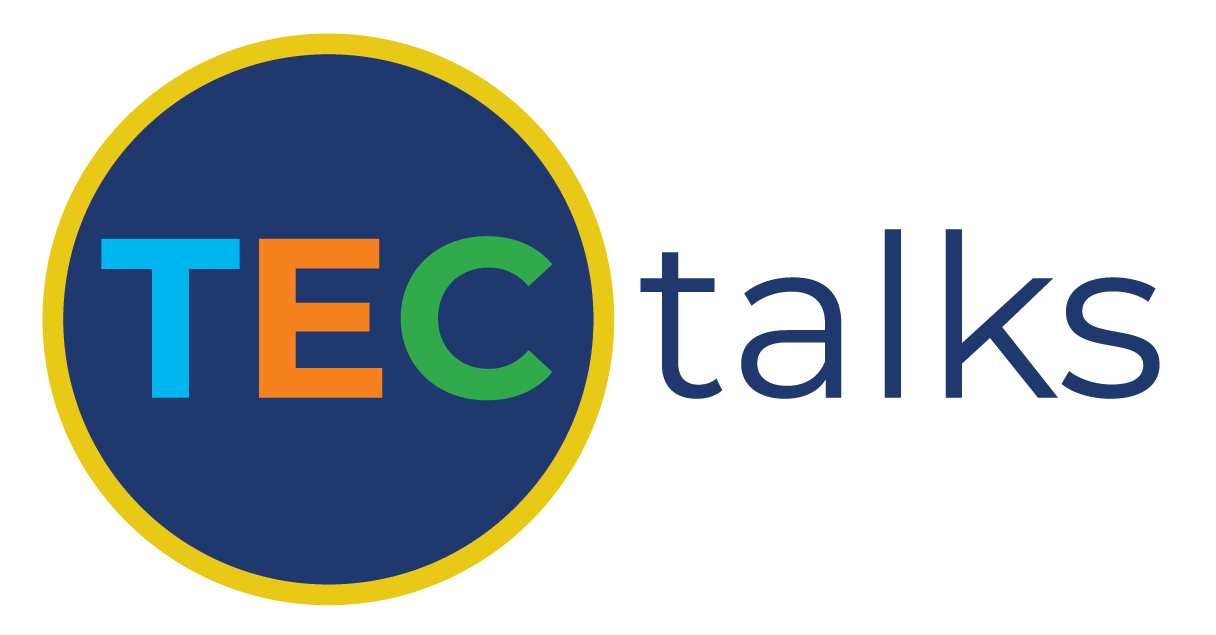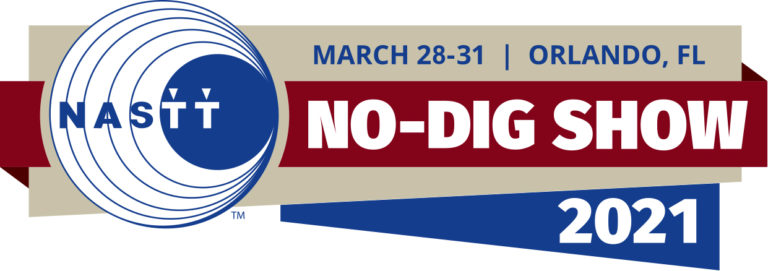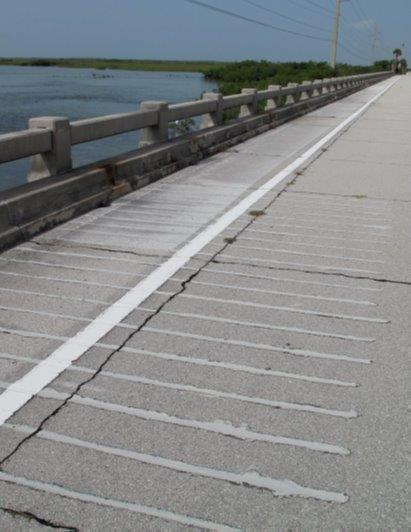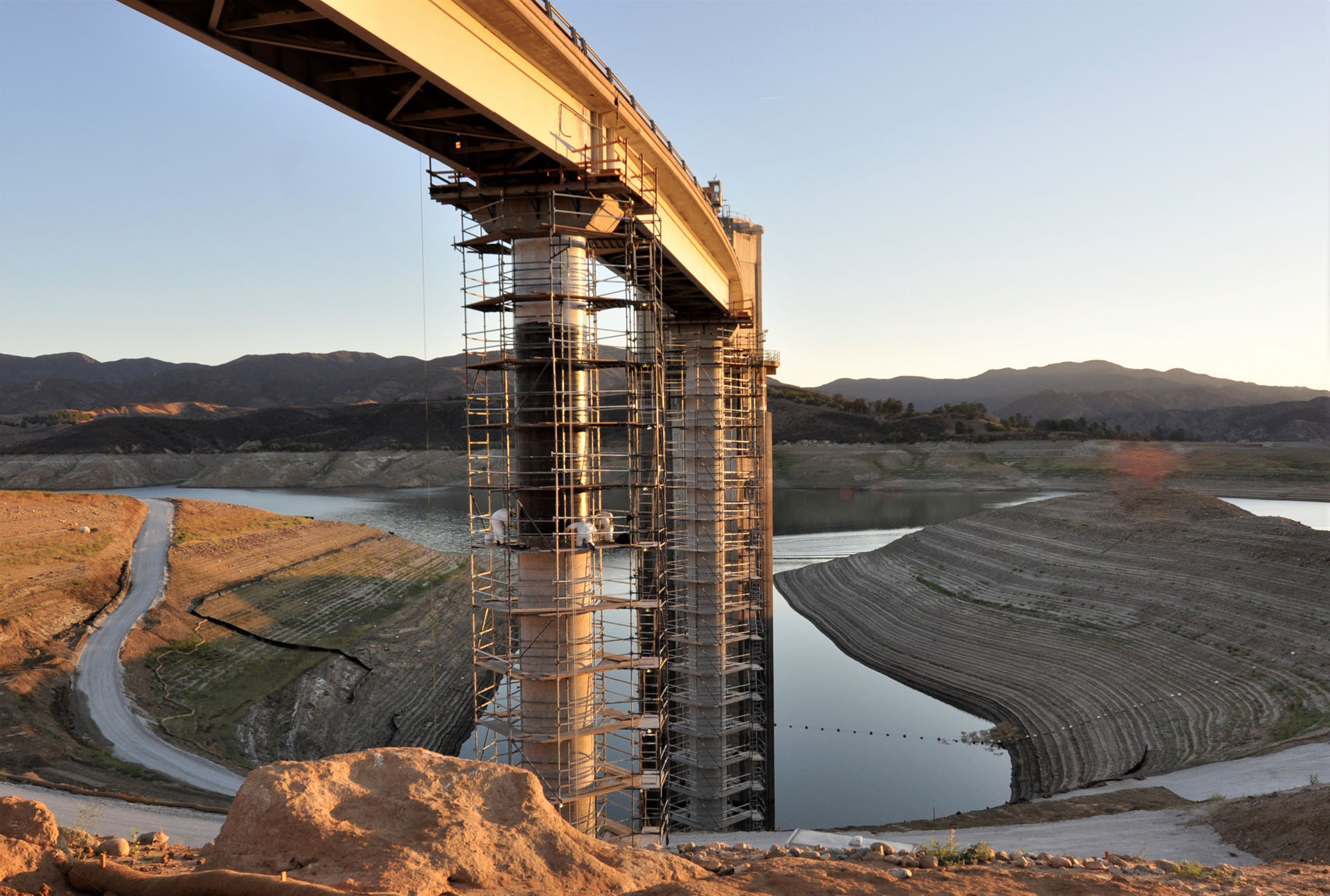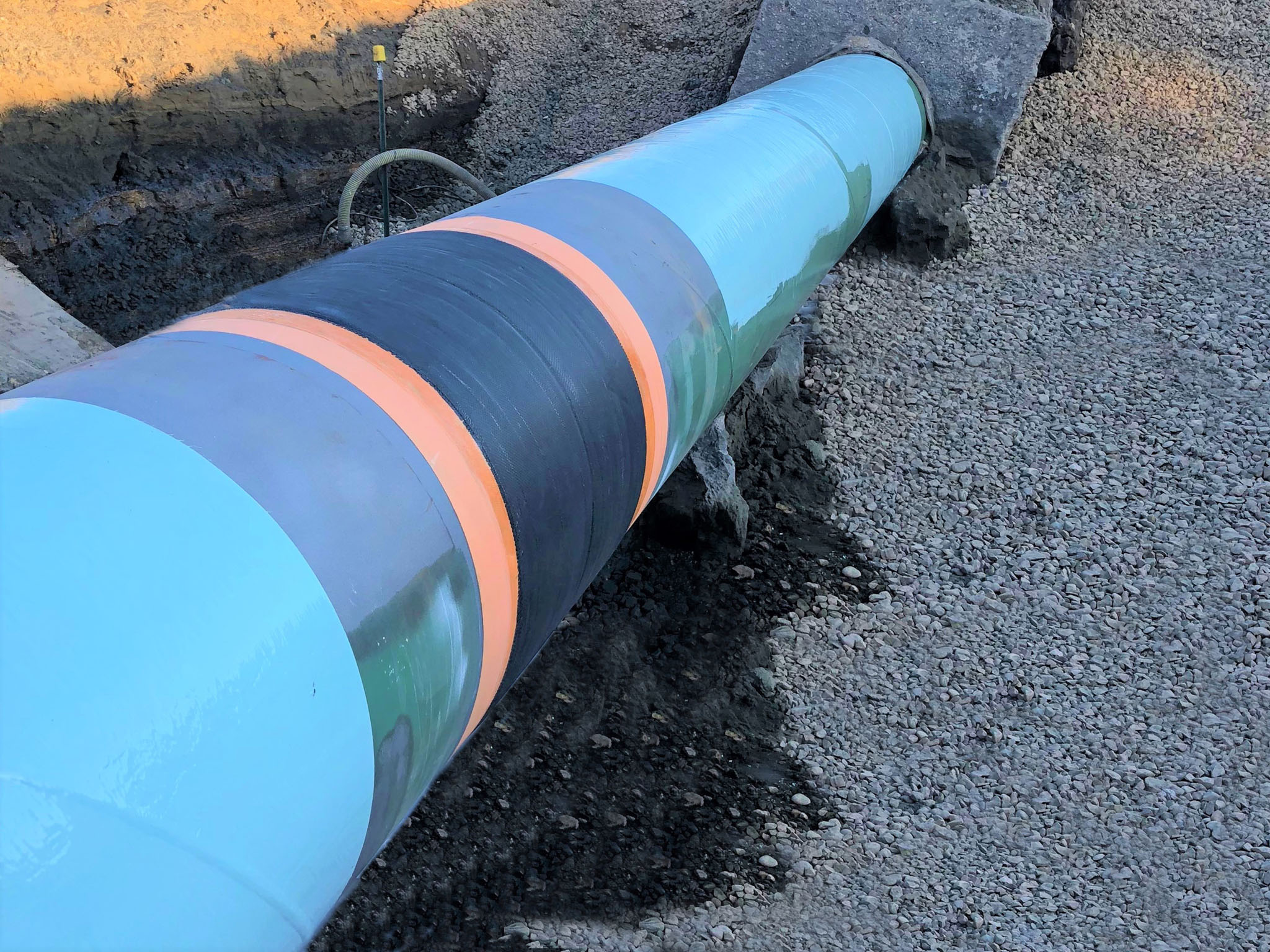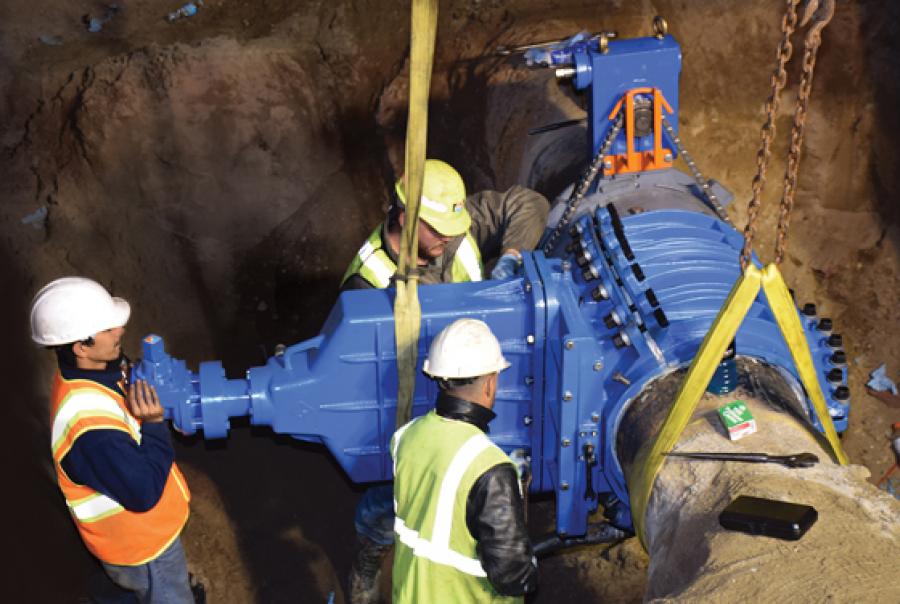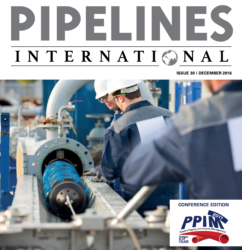There is an enormous amount of legislation and a long list of regulations that govern safety requirements for offshore energy operations.
Much of what exists today was born out of offshore accidents that resulted in fatalities—the capsizing of the Ocean Ranger offshore Newfoundland that took the lives of all 84 people onboard and the series of explosions that destroyed the Piper Alpha platform in the North Sea offshore Aberdeen, resulting in 167 deaths.
These were very sobering events to which industry responded accordingly. Each fatal accident led to more guidance being developed to address the dangers of offshore energy operations.
Over the years, countless manhours and millions upon millions of dollars have been invested to develop programs that focus on behaviors and processes to improve safety. But despite the time and effort that has been invested to improve worker safety, the energy industry is still a dangerous one.
Statistics published by the U.S. Bureau of Labor Statistics in 2017 show that of the fatal injuries for the mining, quarrying, and energy extraction industry in 2016, 71% were in the energy sector. While statistics indicate the industry is improving, the number of deaths is still high.
Clearly, more work needs to be done.
It is time to step back and get a different perspective—to re-think the industry’s approach to safety and reimagine how safety could be addressed to reduce lost-time incidents and eliminate fatalities.
Automation is one way of removing people from risky activities. Another is having workers interact with dangerous environments remotely, which has led to a renewed focus on developing unmanned facilities. Advancing technologies also have the potential to reduce accidents. An example is a recent announcement by the Energy Technology Centre in the UK, Total E&P, and taurob in partnership with Technische Universitaet Darmstadt, which are working collectively over the next 18 months to introduce to the North Sea the first robot to work offshore.
These improvements have required heavy investment, but others are not cost intensive and could be adopted easily. One of these is the use of composites to carry out offshore repairs, an approach that eliminates the hot work and heavy lifting traditionally used and replaces them with an option that removes risky activity from riser and process piping repairs offshore.
These are the kinds of safety milestones the industry needs.
The focus has to shift from legislating safety to eliminating variables that can lead to accidents and injuries, adopting ways of working that take dangerous tasks out of the equation.
It is said that the definition of “insanity” is repeating the same mistakes and expecting different results. As an industry, we can do better than that.
Ingenuity, innovation and creative thinking will lead to better ways of working and the development and adoption of materials that allow variables that lead to accidents and injuries to be eliminated.



